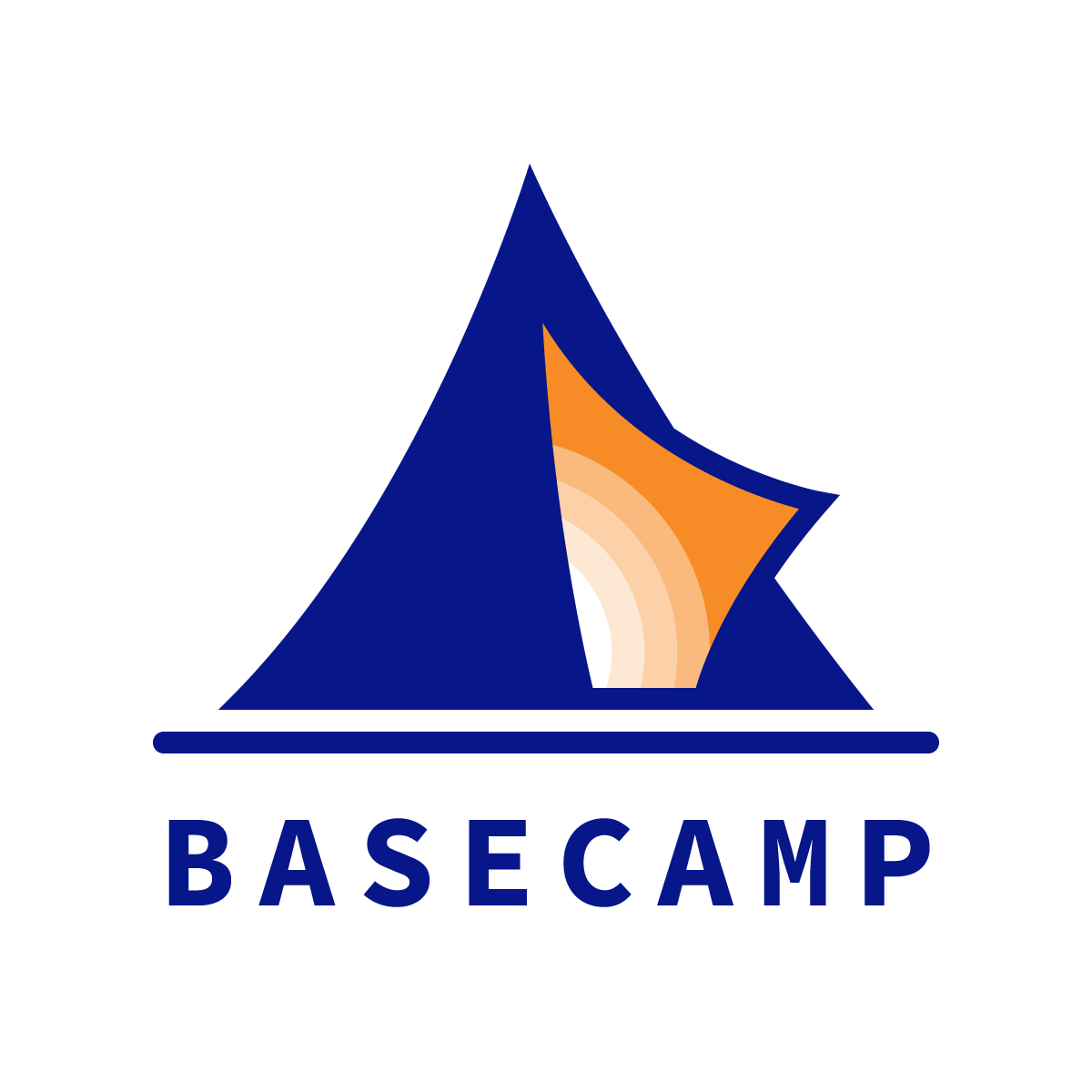Future of Learning Top Reads for week of Jan 11 2021
“NAIS Staff Predictions for the Future of Independent Schools,” by NAIS staff, on the NAIS Independent Ideas blog
“Many schools will keep online learning offerings, and a few will invest in these programs in a big way. Some will move to online parent-teacher conferences held on a more frequent basis. Others will have a group of teachers and staff who are full-time remote and possibly part-time. Some will run virtual classes for some students, and others will offer virtual tutoring. Some schools will figure out how to increase total enrollment by leveraging a combination of online delivery and radically changing the way they do scheduling for high school grades and perhaps some middle school grades.”
Why does this matter to the future of learning?
These are just a few of the predictions from the NAIS team. COVID-19 has certainly forced a lot of short term changes, but we tend to believe that most schools will experience the “rubber band effect” and go back to their old ways as soon as it’s feasible, with some tweaks around the edges (eg, virtual parent-teacher conferences, no more snow days, etc.)
As so often is the case, the predictions—the “answers”—matter less than the questions behind them.
What do you predict is coming next?
And what are you doing about it?
…in a related vein…
***
“The Lexicon of Academic Innovation,” by Steven Mintz, in Inside Higher Ed
“Transformational Teaching: [definition]: Rather than expecting students to assimilate information on their own (the defining characteristic of transactional or didactic instruction) or phyletic (in which the teacher serves as a role model), this is a heuristic approach that engages students in inquiry and discovery. It is more self-conscious about its objectives and methods and seeks to help students develop a deep conceptual knowledge of a topic and give them opportunities to engage in discipline-specific methods of research, analysis and reporting. […]
“High-Impact Pedagogy: [definition]: Practices associated with high levels of student engagement and learning, including challenge-, inquiry-, problem- and team-based learning, learning communities, experiential learning opportunities (including internships, service learning and study abroad), and capstone projects.”
Why does this matter to the future of learning?
It’s hard to make sense of the future of learning if you don’t know the emerging and common language for innovations and leading practices.
***
“Good Riddance 2020. Now, What's Next in 2021?” by Jeff Selingo, in the NEXT Newsletter
“What’s next: The classroom as an integrated learning experience—between face-to-face and online delivery and between instructor-led learning, peer learning, and personalized learning.
“Like the student experience, academic leaders are asking how their departments can improve the classroom experience for students to encourage more active, independent, and hands-on learning.
There’s been lots of experimentation with teaching during the pandemic, so expect some of it to stick and put pressure on deans and faculty members to think differently about the classroom when we return to some sort of normalcy.”
What does this mean for the future of learning?
5-10 years ago, some middle and late majority faculty members would argue, “We can’t change the way we teach because we’re preparing our students for college, and college is still mostly lectures and exams.”
That was not entirely true then and it’s even less true now.
Remember: change happens slowly, then all at once.
***
Thank you for reading this post from Basecamp's blog, Ed:Future. Do you know someone who would find the Ed:Future blog worthwhile reading? Please let them know that they can subscribe here.

